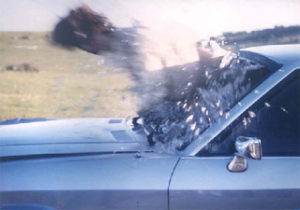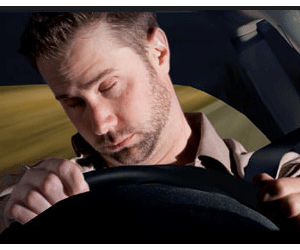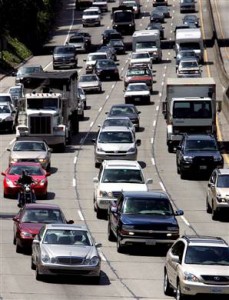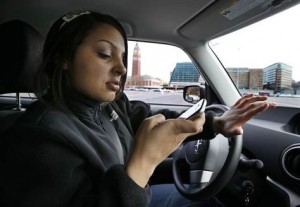 Of course, we don’t intend to harm anyone when we get behind the wheel during the holiday season. Yet traffic fatalities persist and myths about drinking live on—even though scientific studies have documented how alcohol affects the brain and body.
Of course, we don’t intend to harm anyone when we get behind the wheel during the holiday season. Yet traffic fatalities persist and myths about drinking live on—even though scientific studies have documented how alcohol affects the brain and body.
Because individuals are so different, it is difficult to give specific advice about drinking. But certain facts are clear—there’s no way to speed up the brain’s recovery from alcohol and no way to make good decisions when you are drinking too much, too fast.
So this holiday season, do not underestimate the effects of alcohol. Don’t believe you can beat them. Here are some tips to keep in mind if you choose to drink:
- Pace yourself. Know what constitutes a standard drink and have no more than one per hour.
- Have “drink spacers”—make every other drink a nonalcoholic one.
- Make plans to get home safely. Remember that a designated driver is someone who hasn’t had any alcohol, not simply the person in your group who drank the least.
Have a safe holiday season!









